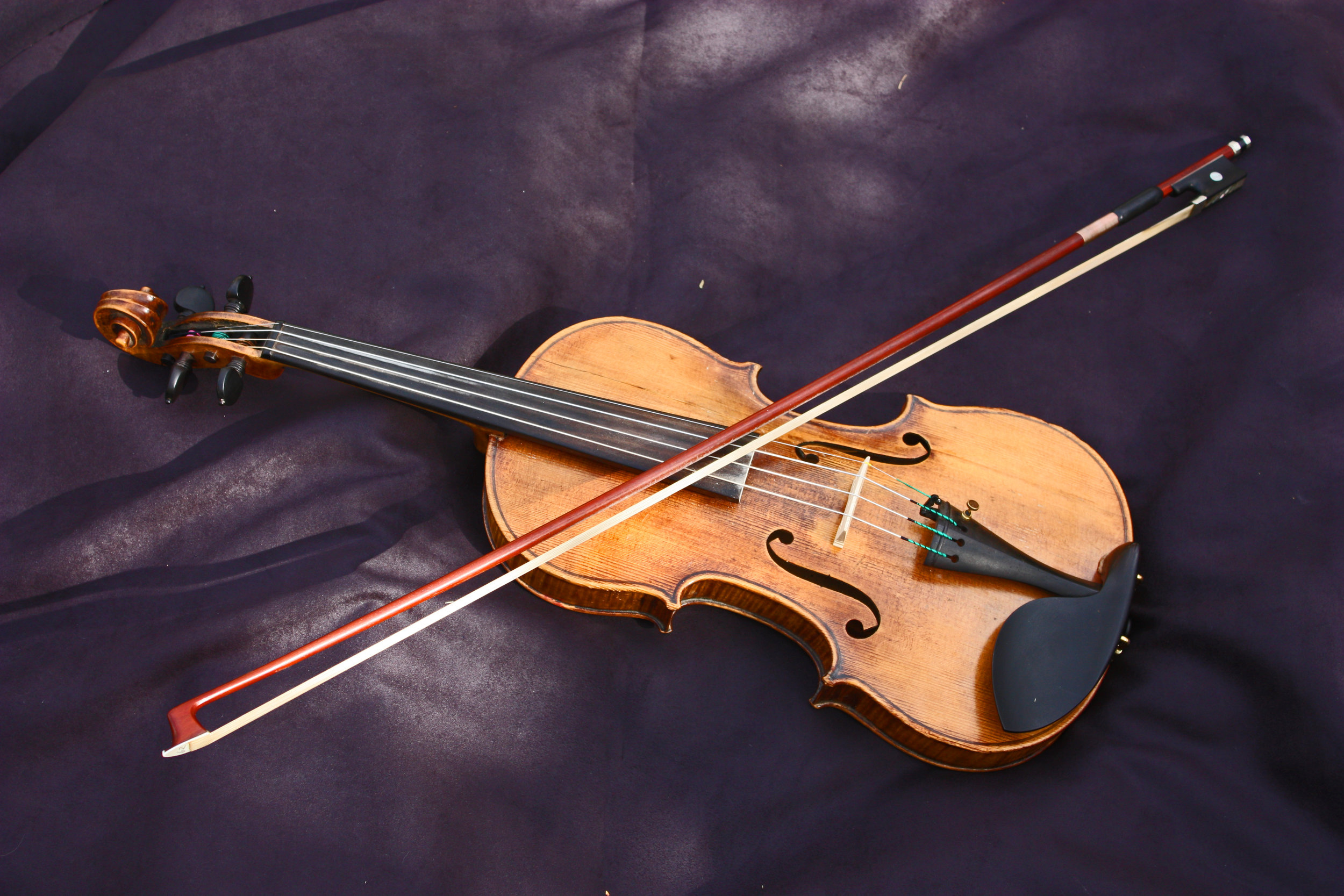Lesson Policies:
Punctuality, Payment and Practice
Cost and Payment
Monthly cost for lessons is $110
Payment can be made either by e-transfer or post dated cheque and is due the first Friday of the month. Please remember that this is my livelihood. Your timeliness is greatly appreciated.
Supplies and Repairs
During the first lesson, students will have a check up of their instrument and be given a list of any supplies needed. Books, strings, rosin, etc. can be purchased at Long & McQuade in Regina. All students should have a spare set of strings to keep on hand. Strings do wear out, and need to be replaced from time to time, even if they don’t break.
It is very important for students to arrive on time, with all the materials they need for their lesson. When students don't bring their books and sheet music, it makes it difficult to progress.
I do not have materials on hand to repair instruments. Peter at Sawchyn Guitars is a skilled luthier and can do most repairs you might need. Sawchyn Guitars is located at 2132 Dewdney Avenue, Regina 306-522-6348.
Missed Lessons and Cancellations
It is each student's responsibility to be at their lesson each week. If there are extenuating circumstances (illness, family emergency) and you can let me know by 2pm the day of your lesson, I will do my best to find a spot for make up lesson. For occasions when a lesson is cancelled by me, I will work with you to reschedule the lesson for a later date.
Thank you for your understanding and cooperation in this matter.
Practice
We all lead busy lives, but it's important to remember the commitment involved in learning to play an instrument.
In addition to the weekly 30 minute lesson, students are expected to engage in focussed practice daily. Frequency is more important than time spent. It is better to pick up your instrument for 15 minutes every day than to spend a single day having a marathon practice session. I use a variety of methods and materials to teach. Sometimes we will work on a tune by ear, other times using written music. When possible, it is useful to bring a recording device to lessons. (The voice memo function on most cell phones/ipods works great.) This allows students to record what they are learning at a slower speed to listen back to and play along with at home.
How to Practice (and still have fun)
A good friend and excellent musician, Fred Keller says, “It’s called playing music, not working music for a reason.” Don’t lose sight of that when you are practicing.
Listening
To become a good writer, read good books. To become a good musician, listen to great music.
There are thousands of amazing recordings, videos and online radio stations to listen to for inspiration. Sometimes I will give names of musicians to listen to for certain techniques and styles, as well as enjoyment and inspiration. I love it when students find something unique I haven’t heard and bring favourites back to me. Listening to a broad variety of styles gives you the chance to find what you enjoy most and in time create a personal style of your own.
Warm up
Start with an old favourite or two, just to get your fingers moving.
Scales and Technique
Look at the tune you are working on. What key is it in? Play the scale. Try using different bowings and rhythms. What are the shapes your fingers make on each string? These are the ‘rules’ for the song you are learning. Listen to how each note sounds. Are you getting good tone? Try different dynamics and tempos.
The Tune(s)
Play through once.
Where did you stumble? What was tricky? What didn’t sound good?
Isolate the problem spot, and play VERY SLOWLY through it. It’s better to practice it 3 times correctly at a slow speed than 10 times wrong at a faster one!
Once you have the spot clean under your hand, add a few notes on either side and play through at a slow speed. Each time you make it through cleanly 3 times in a row, increase the tempo a bit until it is at the tempo of the rest of the notes around it.
Play the whole section/tune. Keep a steady tempo, even if you think it’s slow.
Improv and Play
Play through a recently completed piece or two. What parts do you like? Is there something that you could do to make it more interesting? Try taking away some moving notes and play long tones. Try adding some moving notes where there are long notes. Try changing the bowing. Make up an introduction or ending for the tune. Pick some tunes out of your repertoire and try creating a set out of them. Which tunes work best together?
Be creative! Have fun!

